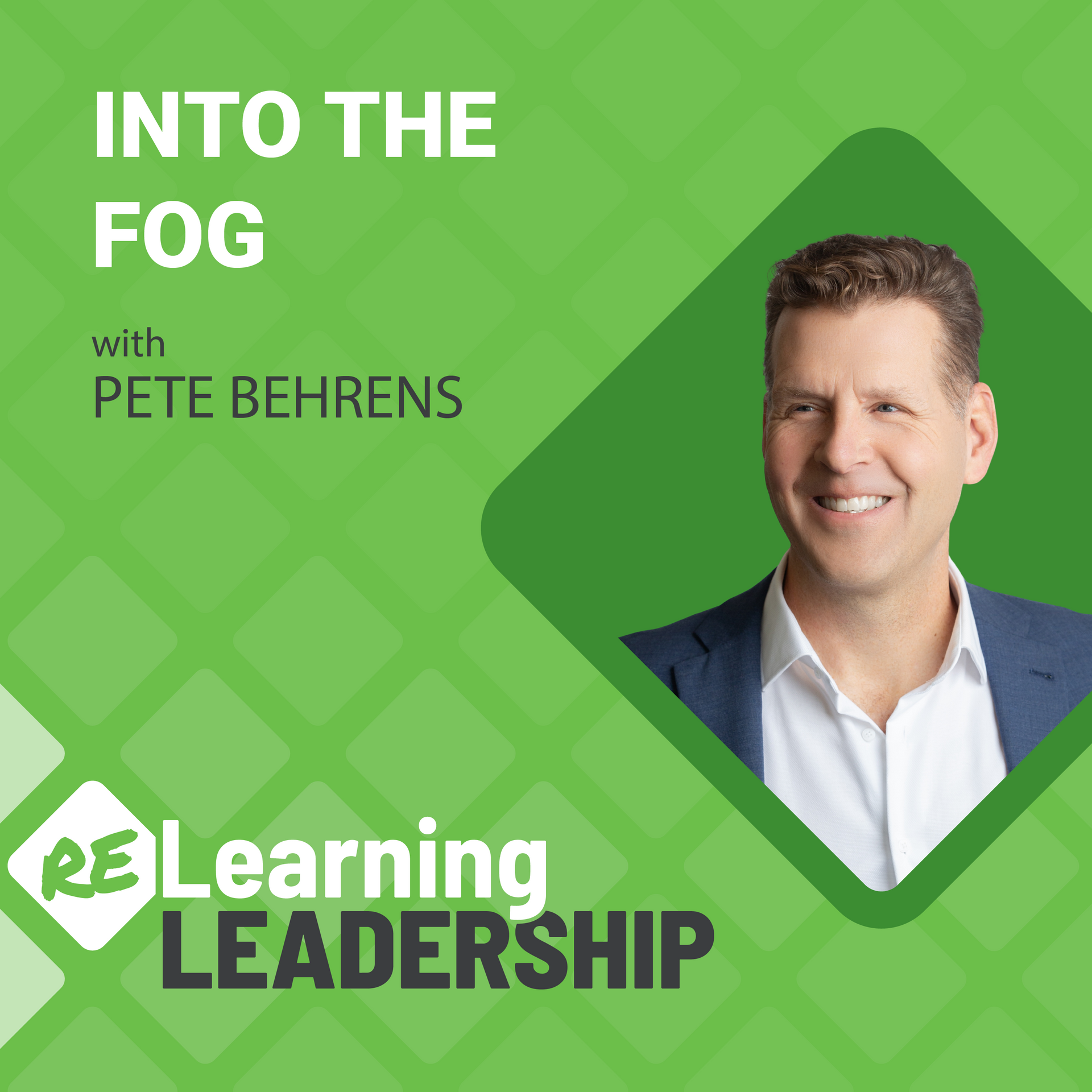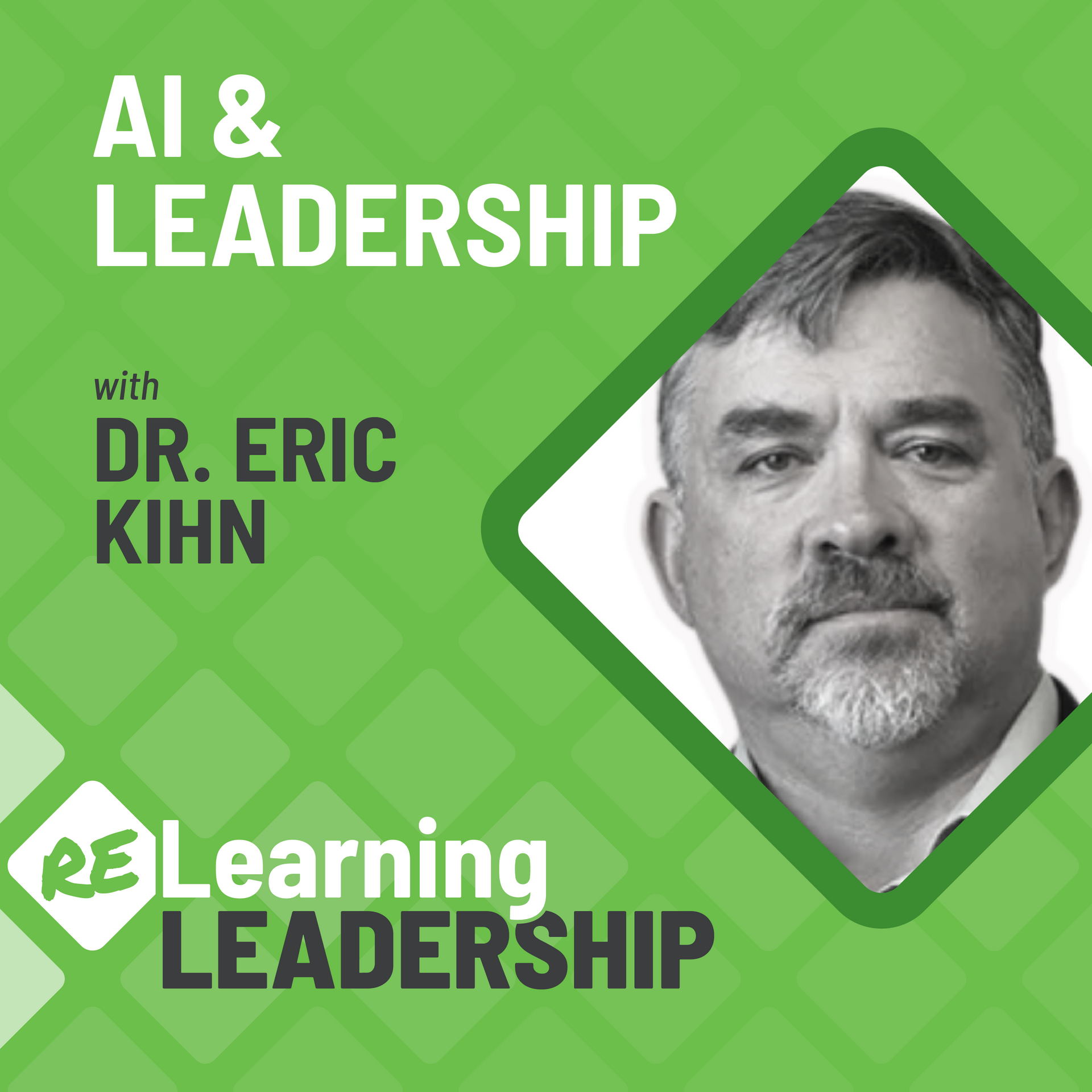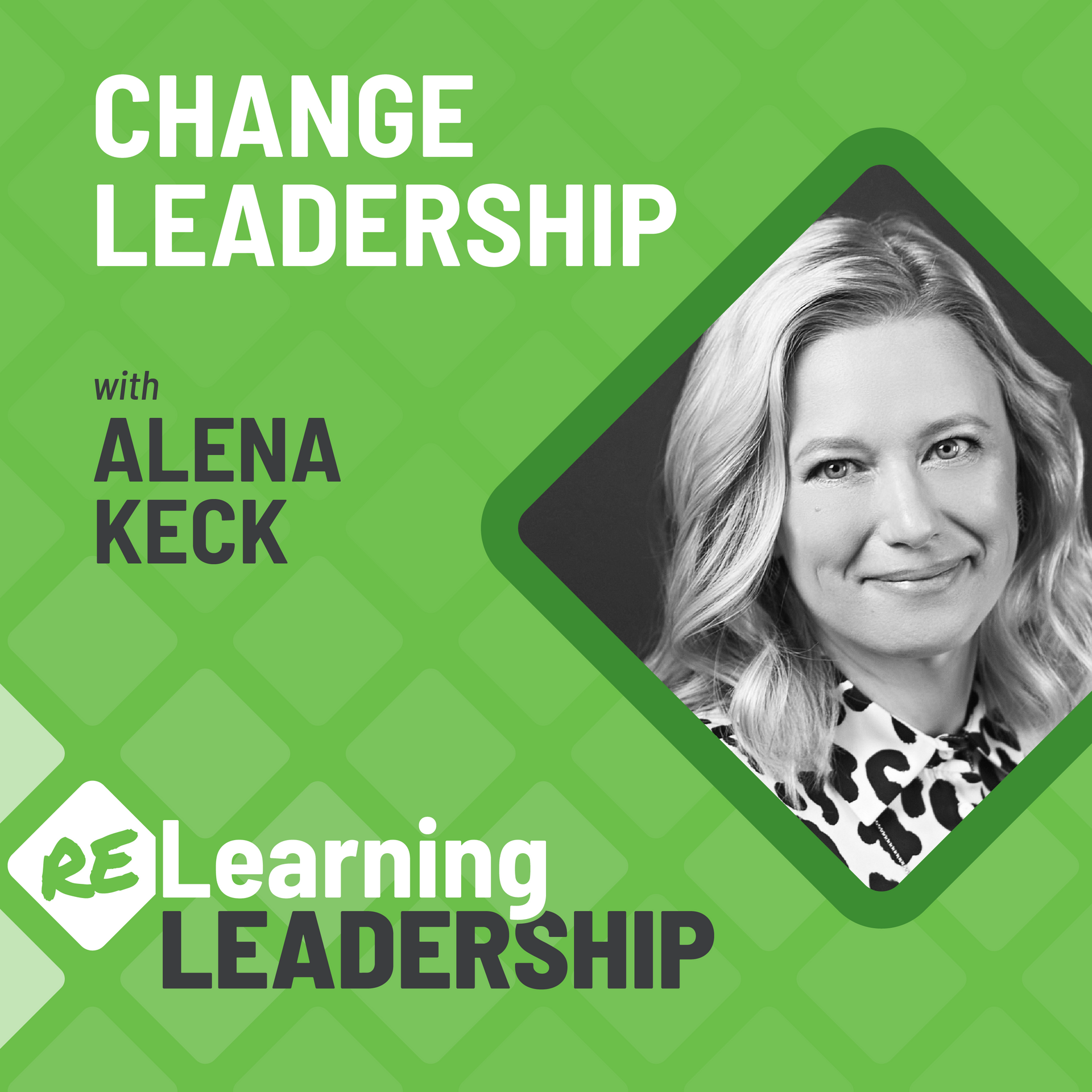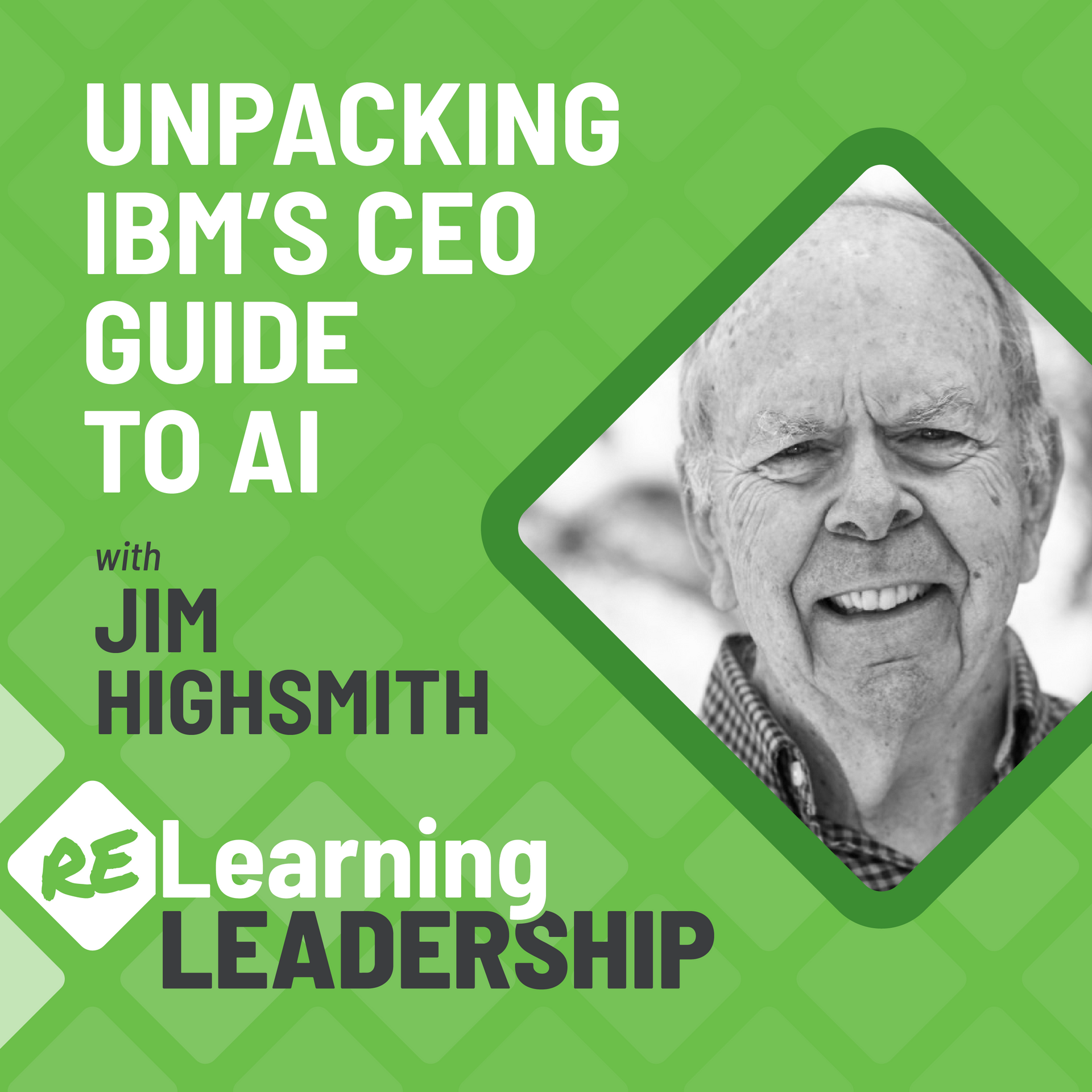34: Setting and Achieving Personal Goals
What does it take to achieve a personal goal?
While only 60% of people set personal improvement goals, only 8% actually achieve them. We can do better. Let’s learn from some of the best in the business world on setting and achieving goals.
Relearning from this episode…
Setting a goal may be your best first step — Considering that only about 60% of people set goals, for many of us just taking that step may put us on a different journey for improvement.
Most strategy fails in execution —
OK, so you have created a goal and a plan to achieve it. Recognize this is where the real work begins.
Move past OKRs —
Objective and Key Results (OKRs) have become a popular approach to manage goals. However, they fall short of triggering the most important component to meeting our goals - emotions. A Catalyst Canvas is a good way to connect to your whole self to motivate the change you want to see.
Episode Transcript
Pete Behrens:
Why is it so hard to achieve a personal improvement goal?
Welcome to another episode of Relearning Leadership, where we explore a specific leadership challenge and break it down to help improve your leadership, your organization, and even your personal life.
I’m Pete Behrens, and today we are exploring the topic of setting—and more importantly, achieving—personal improvement goals. Let’s dive in.
When was the last time that you set a personal improvement goal? Was it to eat healthy or get fit? Maybe learn a new skill or delegate better as a leader? I remember pre-COVID days. January was one of the months of the year that I found the most frustrating. Not because of New Year’s Resolution that I would set. In fact, I’m not a big proponent of New Year’s resolutions. No, it was the New Year’s Resolution that everybody else set. Because what that meant was everybody came to my gym and crowded me out. Yeah, everybody setting their fitness and health goals in the New Year. But I learned in time just to be patient. Because, like clockwork, within about six weeks—mid-February—most of those people had gone home and gone back to their ways of working.
Now, I come to find out this isn’t a very uncommon thing. In fact, a study by the Statistic Brain Research Institute revealed that about 60% of people set goals. So, almost half of the population—we’re not even setting goals. But a little over half of the population will set goals. Now, that stat that’s more concerning is the second one here, which is: only 8% of those actually achieve their goals. These are the people that go home in February. Why is this? Essentially, setting goals is fairly easy. “Hey, I’m going to get fit!” or “I want to eat healthy!” or “I want to be a better delegative leader.” But it’s the execution that’s hard.
There’s a statement that I heard, and it stuck with me: most strategy fails in execution. Think about that word, strategy. Strategy lives between our goal and the achievement. That’s the plan we put in place. We’ve all seen this before. We’ve seen that leadership team. They go off to an offsite, they play a few reindeer games or teambuilding games. And they get jazzed up, they build a strategy, and they come back with all sorts of energy and likely a PowerPoint deck to boot. They run an all-hands meeting and hope to inspire everyone else on this new strategy. And, sure enough, in a couple months, just like my gym, we’ve gone back to what we’ve always done and new initiatives arise…you get the point.
Google has studied this for a while and takes goals pretty seriously and done something to the industry that’s kind of sparked it. They’ve created something called OKRs. Objective Key Results. OKRs have been popularized in the industry, and there are a lot of companies that have copied this mode, and for good reason. They’ve given new life to how to think about your goals and frame them. Take, for example, our desire to be healthy or fitter as part of our way of life. What they’ll do is take that objective and RAPPOR it with some key results. Maybe these results are, “Hey, I want to read a book every month around exercise or diet.” These are very specific, targeted types of results. Maybe it’s about 20 pounds lost by vacation time. Maybe it’s a number like, “Three times a week, I want to go to the gym.” Maybe it’s “I will not eat fast food for a month.” You know, some of those negative-oriented goals.
What they’re doing is packing it in this way that makes it a little more tangible. And a lot of companies are finding success as organizations in doing these, and some individuals as well. I actually find a problem with OKRs. Not that they’re not OK; I just don’t feel like they’re hitting the whole person. What I mean by that is—they feel a little bit flat to me. They’re heady, they’re logical, but they don’t hit the heart, the emotion. The Google OKRs lack the most motivational aspects of goals. Right? The first one is around that sense of purpose. ”Why? Why is this valuable to me? What is behind this goal?” And that’s the dopamine, the chemical in our brain that gives us that sense of connection, that gives us a sense of accomplishment, that gives us a sense of value. The second one—and probably more powerful—is the adrenaline. That’s the heart-pounding, lung-inducing, fight-or-flight response, fear. The other side of emotion is, “What if I don’t accomplish this goal?”
A better tool that I actually came upon—better for two reasons. One is—I discovered it sooner in my career from a company called Salesforce. Secondly, it’s better because it hits on these emotional tangents that I believe are core to the motivational aspects of not just setting the goal, but accomplishing the goal, connecting to the goal.
V2MOM started with Marc Bennioff, the CEO. Back in 1999, when he started the company, they used the V2MOM to help set and accomplish goals. Today, tens of thousands of employees—every single employee at Salesforce—uses and creates a V2MOM, personally. They also create them for teams, they create them for departments, organizations, initiatives, things like that as well.
The V2MOM is an acronym. It stands for the Vision. That’s similar to our goal or objective. But then we have the Values. The heart. “Why? Why is this valuable? How does it connect to who I am as a person?” That’s the two Vs—V2. And then we’ve got the M-O-M, the MOM. This is the Methods, the Obstacles, and the Measures. So the steps we’re going to take, what’s going to get in our way, and how do we accomplish this?
Now, it’s a bit of a geeky terminology, but I’ve found that the holisticness of it is really, really powerful. So what we’ve done is—we’ve repackaged it in something called the catalyst canvas. The catalyst canvas is what we call something that will help focus, align, and accelerate that change. So that last part, the execution of this change.
So, what we do is—with this catalyst canvas, we lay it out. A canvas is like a grid. We throw that goal right in the center. We say “Okay, my goal is to make health and fitness a priority in my life.” Now, the first thing we ask is, “Why now?” Two key words: why, the importance. Now, the urgency. Right? Connecting the importance and the urgency into our framework starts to get at the core behind this goal and the motivators that I might start to think: positive—purpose, negative—“Oh, shit!”—type motivators that are going to help me accomplish this goal. Maybe that starts to introduce—“My kids are at the root of this! Being able to do things with them as they grow is critical.” Or maybe it’s about something I love to do, like skiing. I want to be able to do that in the next ten years, and if I don’t stay fit and healthy, it’s not going to happen. But it also might be about an integrated lifestyle. “Hey, I know that if I don’t get fit, my mind won’t be as sharp.” And so by connecting to those, we start to connect to the meat of why this is critical to us now, and also to that urgency of “Well, my kids aren’t going to be around that long, and I don’t have that much time remaining here.”
The second piece here—and we start to explore this canvas counter-clockwise, so we start in the top-left and we move to the bottom-right—and we start to explore the obstacles. “Why is this goal going to be problematic to accomplish?” And all of the sudden this starts to draw out things like time. “I don’t have time!” And maybe the emotional side of time: “Well, maybe I have time, but then I feel guilty. I’ll get away from the kids, or I can’t help my wife manage the kids because I’m out on a two-hour bike ride.” Or maybe it’s something about that slippery slope: “Okay, once I drop off for a day, then it’s hard to get back on.” And so, the obstacles are probably as real and as motivating and as problematic as the why now?. And so, by laying those out, all of the sudden our objectives and our measures start to become clear and start to help us understand. So, maybe we pull in some of those numeric things like twenty pounds by vacation or something like exercising three times a week. But maybe I can now start to incorporate some of my obstacles and some of my why. Maybe I do some activities with the kids more. Maybe that’s a way I can combine my exercise and my purpose.
And so, you start to see how the model can integrate. The measures in the bottom-right corner start to help connect the dots for us. Finally, we have what we call the small steps. The small steps are going to be not just activities, but progress along the way. So, maybe what I can start to do is start to say, “Well, time’s an issue, so maybe I have to do this first thing in the morning. Maybe I set an alarm for 5:30, and that’s the time I take, when the kids are still asleep.” Or, “Maybe I can start to do things with the kids! Mabye I can start to do some cooking and do stuff that will integrate health, but also spend time with the kids.” And so, again, by circulating our goal with an integrated view, we start to see both the mechanical and the emotional side of helping to accomplish our goals.
I hope you found some value in the catalyst canvas. And I hope you don’t become one of the 92% who start on a January and end on a February with your goals. Maybe more like the 8% who can set a goal, focus our goal, and achieve our goals. I thank you for your time today, and enjoy the journey!
Relearning Leadership is the official podcast of the Agile Leadership Journey, together we build better leaders. It’s hosted by me, Pete Behrens, with contributions from our global Guide community. It’s produced by Ryan Dugan. With music by Joy Zimmerman. If you enjoyed this episode, please subscribe, leave us a review, or share a comment. And visit our website, agileleadershipjourney.com/podcast, for guest profiles, episode references, transcripts, and to explore more about your own leadership journey.
Explore:
Recent Episodes









